Raghu Ramakrishnan
MotherNet: A Foundational Hypernetwork for Tabular Classification
Dec 14, 2023Abstract:The advent of Foundation Models is transforming machine learning across many modalities (e.g., language, images, videos) with prompt engineering replacing training in many settings. Recent work on tabular data (e.g., TabPFN) hints at a similar opportunity to build Foundation Models for classification for numerical data. In this paper, we go one step further and propose a hypernetwork architecture that we call MotherNet, trained on millions of classification tasks, that, once prompted with a never-seen-before training set generates the weights of a trained ``child'' neural-network. Like other Foundation Models, MotherNet replaces training on specific datasets with in-context learning through a single forward pass. In contrast to existing hypernetworks that were either task-specific or trained for relatively constraint multi-task settings, MotherNet is trained to generate networks to perform multiclass classification on arbitrary tabular datasets without any dataset specific gradient descent. The child network generated by MotherNet using in-context learning outperforms neural networks trained using gradient descent on small datasets, and is competitive with predictions by TabPFN and standard ML methods like Gradient Boosting. Unlike a direct application of transformer models like TabPFN, MotherNet generated networks are highly efficient at inference time. This methodology opens up a new approach to building predictive models on tabular data that is both efficient and robust, without any dataset-specific training.
Extending Relational Query Processing with ML Inference
Nov 01, 2019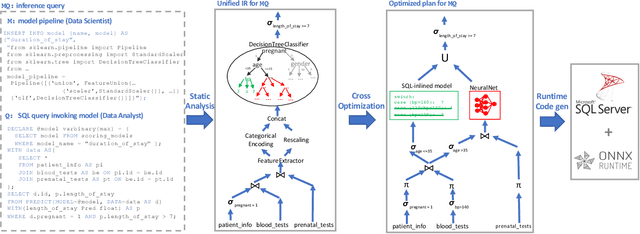

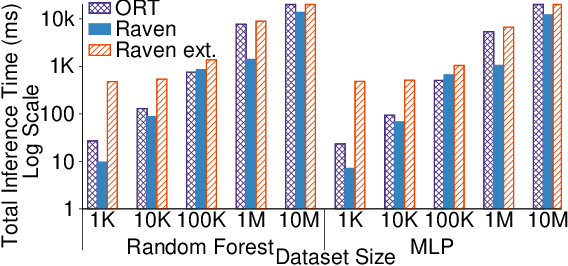
Abstract:The broadening adoption of machine learning in the enterprise is increasing the pressure for strict governance and cost-effective performance, in particular for the common and consequential steps of model storage and inference. The RDBMS provides a natural starting point, given its mature infrastructure for fast data access and processing, along with support for enterprise features (e.g., encryption, auditing, high-availability). To take advantage of all of the above, we need to address a key concern: Can in-RDBMS scoring of ML models match (outperform?) the performance of dedicated frameworks? We answer the above positively by building Raven, a system that leverages native integration of ML runtimes (i.e., ONNX Runtime) deep within SQL Server, and a unified intermediate representation (IR) to enable advanced cross-optimizations between ML and DB operators. In this optimization space, we discover the most exciting research opportunities that combine DB/Compiler/ML thinking. Our initial evaluation on real data demonstrates performance gains of up to 5.5x from the native integration of ML in SQL Server, and up to 24x from cross-optimizations--we will demonstrate Raven live during the conference talk.
Cloudy with high chance of DBMS: A 10-year prediction for Enterprise-Grade ML
Aug 30, 2019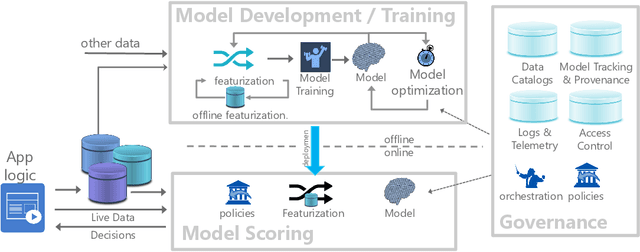
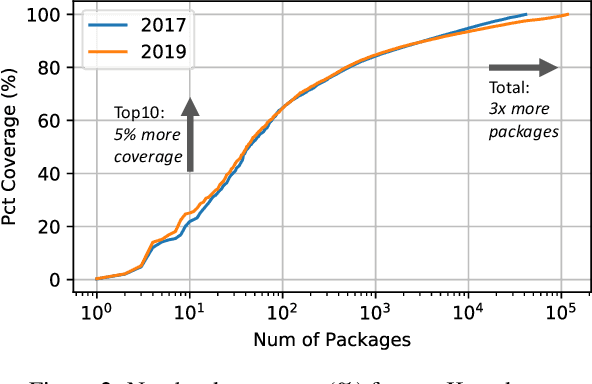
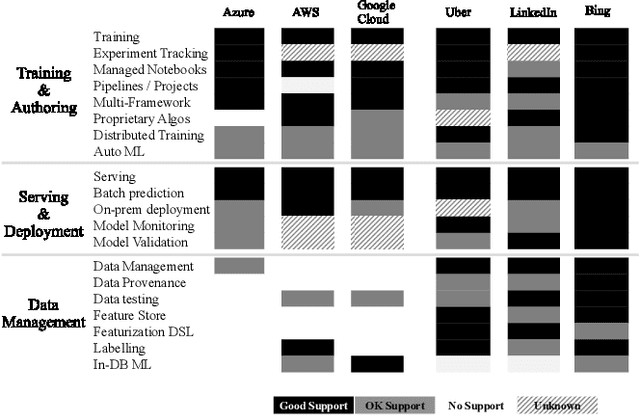
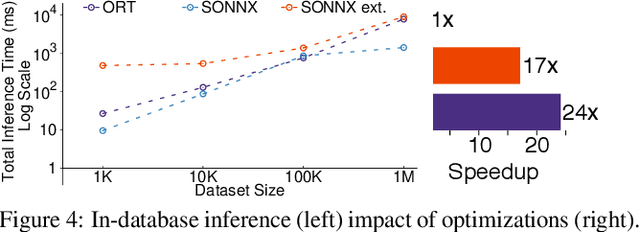
Abstract:Machine learning (ML) has proven itself in high-value web applications such as search ranking and is emerging as a powerful tool in a much broader range of enterprise scenarios including voice recognition and conversational understanding for customer support, autotuning for videoconferencing, inteligent feedback loops in largescale sysops, manufacturing and autonomous vehicle management, complex financial predictions, just to name a few. Meanwhile, as the value of data is increasingly recognized and monetized, concerns about securing valuable data and risks to individual privacy have been growing. Consequently, rigorous data management has emerged as a key requirement in enterprise settings. How will these trends (ML growing popularity, and stricter data governance) intersect? What are the unmet requirements for applying ML in enterprise settings? What are the technical challenges for the DB community to solve? In this paper, we present our vision of how ML and database systems are likely to come together, and early steps we take towards making this vision a reality.
Iterative MapReduce for Large Scale Machine Learning
Mar 13, 2013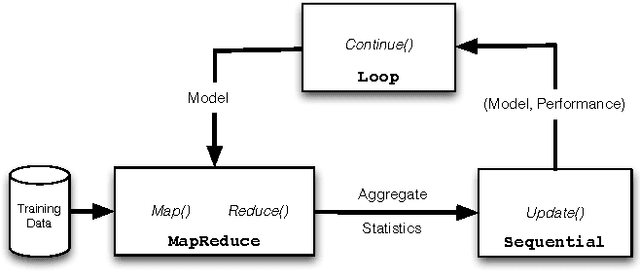
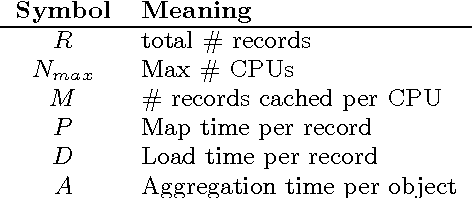
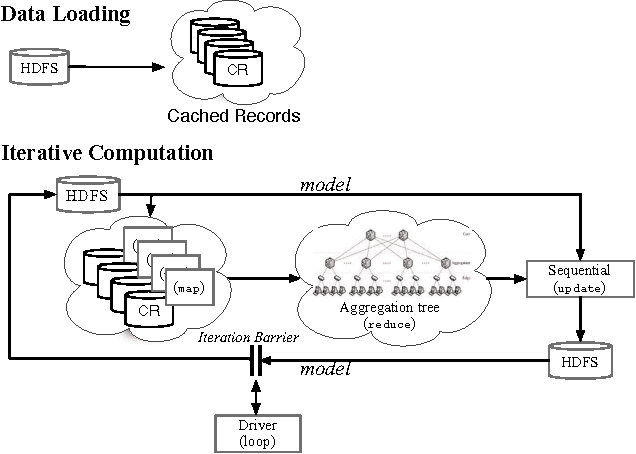

Abstract:Large datasets ("Big Data") are becoming ubiquitous because the potential value in deriving insights from data, across a wide range of business and scientific applications, is increasingly recognized. In particular, machine learning - one of the foundational disciplines for data analysis, summarization and inference - on Big Data has become routine at most organizations that operate large clouds, usually based on systems such as Hadoop that support the MapReduce programming paradigm. It is now widely recognized that while MapReduce is highly scalable, it suffers from a critical weakness for machine learning: it does not support iteration. Consequently, one has to program around this limitation, leading to fragile, inefficient code. Further, reliance on the programmer is inherently flawed in a multi-tenanted cloud environment, since the programmer does not have visibility into the state of the system when his or her program executes. Prior work has sought to address this problem by either developing specialized systems aimed at stylized applications, or by augmenting MapReduce with ad hoc support for saving state across iterations (driven by an external loop). In this paper, we advocate support for looping as a first-class construct, and propose an extension of the MapReduce programming paradigm called {\em Iterative MapReduce}. We then develop an optimizer for a class of Iterative MapReduce programs that cover most machine learning techniques, provide theoretical justifications for the key optimization steps, and empirically demonstrate that system-optimized programs for significant machine learning tasks are competitive with state-of-the-art specialized solutions.
Scaling Datalog for Machine Learning on Big Data
Mar 02, 2012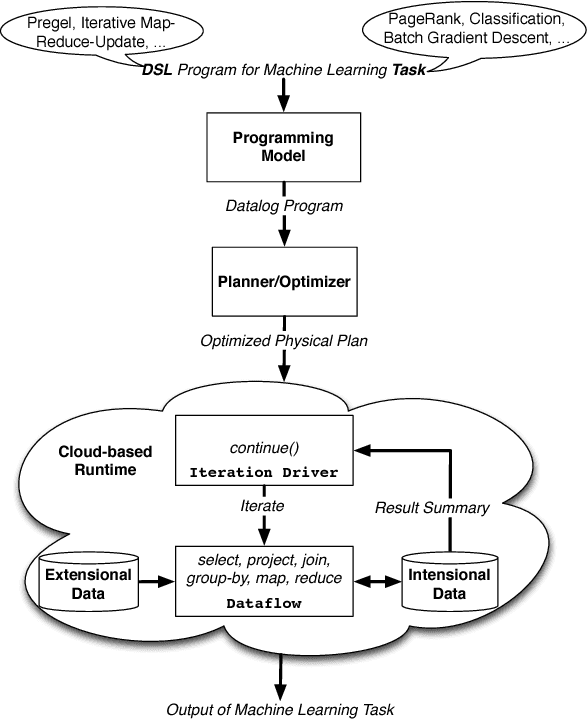

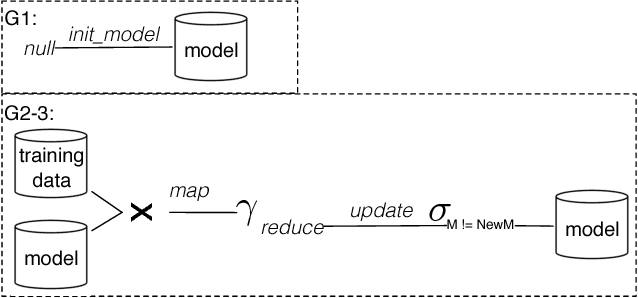
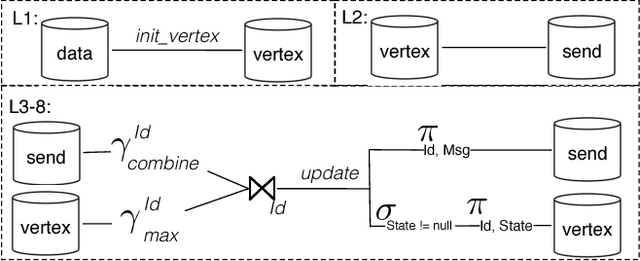
Abstract:In this paper, we present the case for a declarative foundation for data-intensive machine learning systems. Instead of creating a new system for each specific flavor of machine learning task, or hardcoding new optimizations, we argue for the use of recursive queries to program a variety of machine learning systems. By taking this approach, database query optimization techniques can be utilized to identify effective execution plans, and the resulting runtime plans can be executed on a single unified data-parallel query processing engine. As a proof of concept, we consider two programming models--Pregel and Iterative Map-Reduce-Update---from the machine learning domain, and show how they can be captured in Datalog, tuned for a specific task, and then compiled into an optimized physical plan. Experiments performed on a large computing cluster with real data demonstrate that this declarative approach can provide very good performance while offering both increased generality and programming ease.
 Add to Chrome
Add to Chrome Add to Firefox
Add to Firefox Add to Edge
Add to Edge